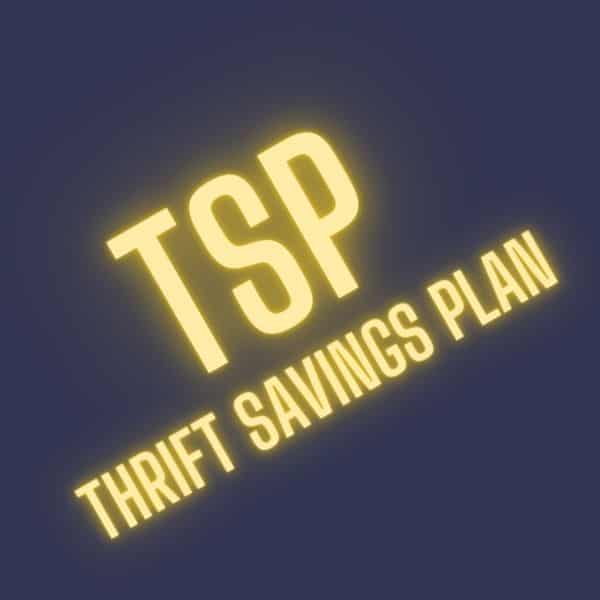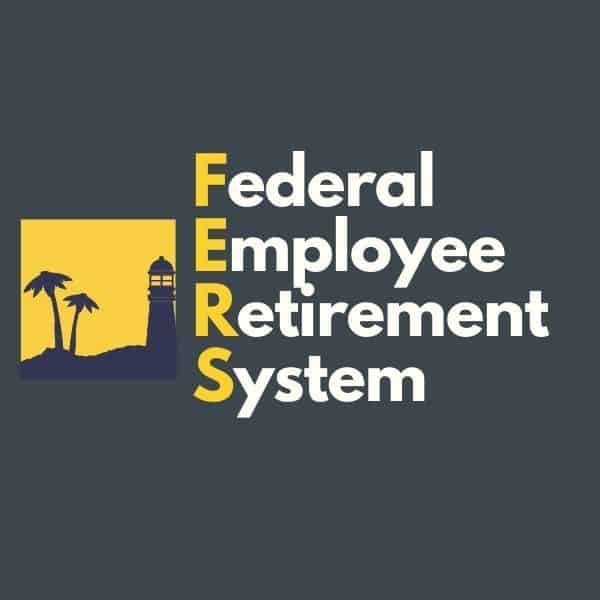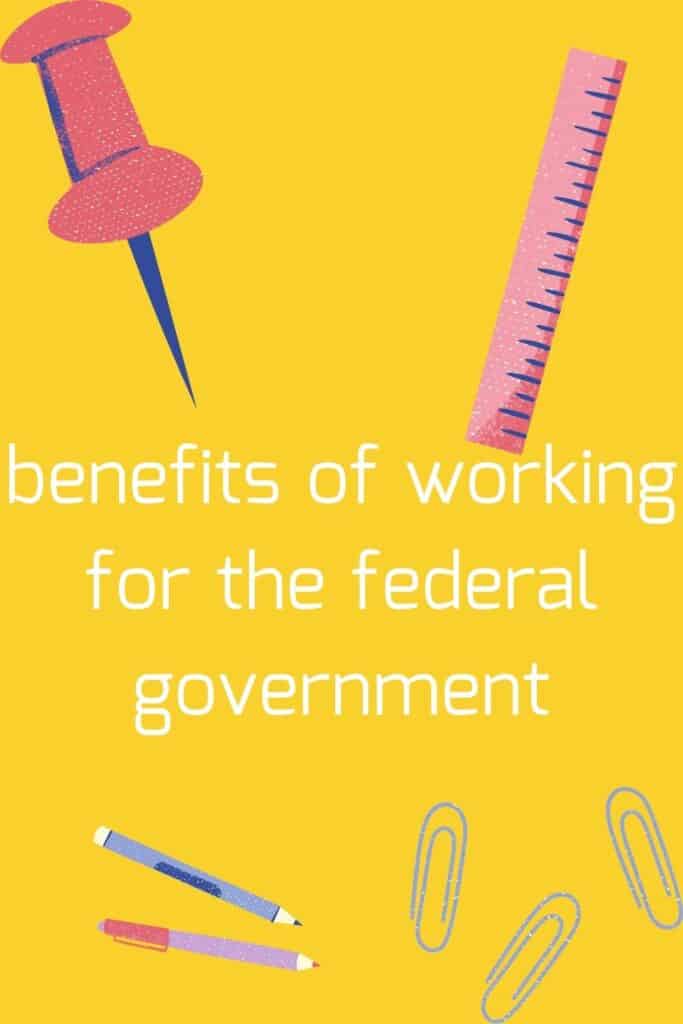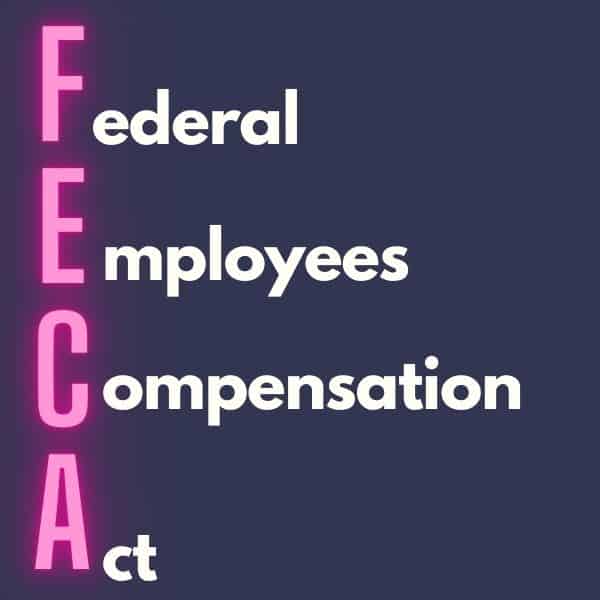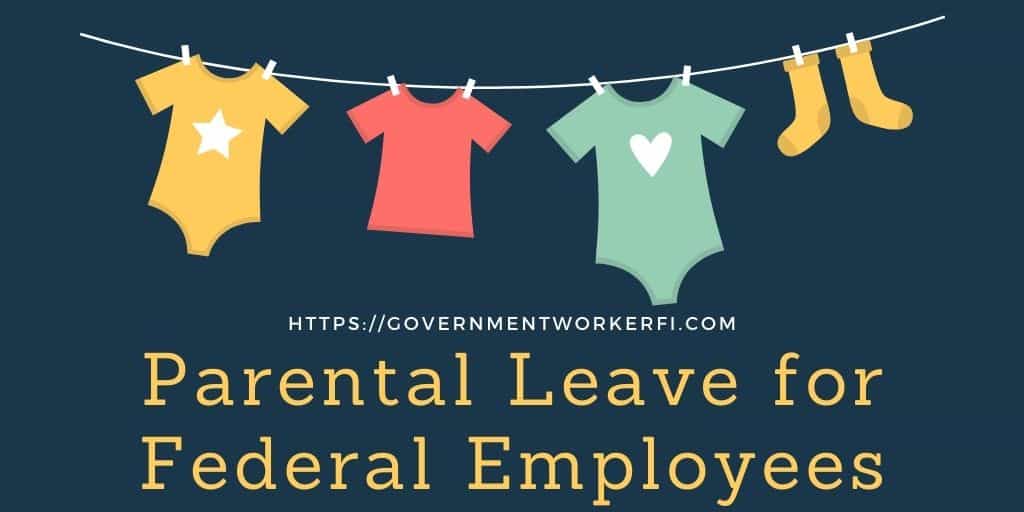One of my favorite days of the year is when I receive my annual “FERS personal benefit statement”. I spend hours poring over each and every section of my federal government benefits package. The annual FERS statement explains in great detail all of the benefits of working for the federal government. Furthermore, it computes the value of these benefits based upon my pay, years of service, and benefit choices I’ve made. Surprisingly, many of my colleagues were unaware of many of these benefits of working for the federal government. I thought it would be worthwhile to detail all of the benefits of working for the federal government and how to read your FERS personal benefits statement.
Get Gov Worker’s top 4 tips for federal employees!Table of Contents
- Pay and Total Compensation
- Leave
- Federal Employee Health Benefits (FEHB)
- Federal Employees Group Life Insurance (FEGLI) Program
- Thrift Savings Plan (TSP)
- Federal Employees Retirement System (FERS) Annuity
- Social Security Benefits/Medicare Benefits
- Benefits Under The Federal Employees Compensation Act (FECA)
- Summary- there are a lot of benefits of working for the federal government
Please do not confuse my personal blog for financial advice, tax advice or an official position of the U.S. Government. This post may contain affiliate links. If you make a purchase after clicking on a link, I get a small percentage of the sale at no additional cost to you.
Pay and Total Compensation
Obviously, the biggest benefit of any job is the pay. If you’re curious how much feds make, you can determine pay for federal jobs from the OPM salary tables. If you want to know how much white collar workers earn, check out the “General Schedule” or GS pay tables. You can find information on blue collar workers on the “Wage Grade” or WG scale. Many people believe that federal employees make less than the private sector counterparts. However, as I explained previously, federal employees are more likely than their private sector counterparts to earn more than $100,000 per year.
While most people focus on how much a job pays, it is important to look at the total compensation. The FERS statement is great because it lists both my salary and my total compensation. In my case, my total compensation is 134% of my salary. Not only is my pay just a fraction of my total compensation, I don’t pay tax on that extra 34%. Therefore, if I had to purchase these benefits from my taxable salary, I’d need a salary closer to 150% of my pay to buy them all.
Hidden pay benefits of working for the federal government
In other words, looking at take-home pay is a poor way to evaluate how much you’re getting paid as a fed. I’ve said before that the book Your Money or Your Life (affiliate link) changed my life. In one chapter of the book, Vicki Robin recommends calculating your “real hourly wage”. Her argument is that for many employees, you’re making considerably less per hour when you add in childcare, commuting time, and a work wardrobe. However, when I ran my numbers, I found that my real hourly wage was *much* higher than my nominal hourly wage. (Getting 26 vacation days plus 10 federal holidays helps a lot by shrinking the denominator).
Leave
After working for the federal government for 15 years, I now get 26 days of vacation a year. When I compute my “real hourly wage”, I realized that between 26 vacation days and 10 federal holidays a year, I’m only working 86% of the time. This doesn’t even include sick leave, bereavement leave, or paid parental leave under the federal employee paid leave act. (If you have problems keeping track of all of your leave, use this federal employee leave calendar)
Each year I carry over the maximum amount of annual leave (240 hours). I view this leave as part of my emergency fund in case my federal employment abruptly ends. I recommend that everyone work towards building an emergency fund. However, don’t discount using banked annual leave as part of your safety net.
Federal Employee Health Benefits (FEHB)
One of the biggest non-monetary benefits of any job in the United States is health insurance. It is no surprise that Federal Employee Health Benefits (FEHB) are one of the biggest benefits of working for the federal government. For most plans, the government pays 75% of the premium and the employee pays the other 25%.
I’ve often heard of the FEHB referred to as the “gold standard” of health insurance. While I am very thankful for my FEHB benefits, I know of many private sector companies that offer better health insurance benefits. When Mrs. Gov worked in the private sector, we were on her health insurance; our premiums were lower and covered more than the equivalent FEHB plan.
FEHB is one of the best retirement benefits of working for the federal government
However, the FEHB has one insane benefit that is better than any private sector health insurance plan I’ve heard of. You can keep your FEHB insurance even after you retire. Furthermore, you get to keep paying only the employee portion; the government picks up the remaining 75% of the premium. There are restrictions of course, namely that you meet the requirements for FERS retirement. You must also have participated in the FEHB for the five years prior to your retirement. I’ve calculated that this benefit is worth at least $300,000.
So while some of my private sector friends have sweet health insurance plans with free acupuncture, I get the last laugh knowing I’ll have lifelong health care.
Federal Employees Group Life Insurance (FEGLI) Program
Federal employees can participate in FEGLI, a group life insurance program organized by the government. Employees enrolled in FEGLI can have their premiums automatically deducted from their paycheck. Side note: FEGLI is the largest group life insurance program in the world, covering more than 4 million current and former federal employees.
I opted out of FEGLI coverage years ago when a life insurance agent ran my numbers and told me I could save money by switching over to his plan. (If only I had a time machine, I would *love* to crunch the numbers for myself and see if I got swindled). Unfortunately, that means that I likely can’t get back into FEGLI as they rarely have an open season for enrollment.
I know that federal employees can also participate in the Federal Long Term Care Insurance Program. However, long term care insurance is not covered in the FERS benefits statement and I have not investigated this benefit.
Thrift Savings Plan (TSP)
The TSP is one of my favorite benefits of working for the federal government. In case you just walked in from outer space, the TSP is the tax deferred retirement account for federal employees. The TSP is similar to a 401(k) or 403(b). As a federal employee covered by FERS, the government matches up to 5% of my salary. Unlike private companies, who often contribute their matching funds on the last day of the year, my contributions are matched each pay period.
The TSP offers more than just a generous match; they have some of the lowest fees of any employer sponsored retirement account in the United States. Finally, you can take a loan from your TSP without early withdrawal penalties in certain cases.
Federal Employees Retirement System (FERS) Annuity
Of course the crown jewel of the FERS system is the retirement annuity (aka the “pension”). Even though I don’t include my pension in my early retirement calculations, the FERS pension is extremely valuable.
In most cases, the FERS annuity (P) can be easily calculated from your highest three years of salary (H) and the number of years of service (Y) through P=0.01*H*Y. For those of you who hate algebra, it’s equal to 1% of your highest salary multiplied by your number of years of service.
To withdraw your full pension immediately at your minimum retirement age (MRA), you need to have at least 30 years of service. For example, if you started working for the government when you were 27 and retired at the common MRA of 57, your pension would be 30% of your yearly salary for life. The FERS pension is partially indexed for inflation, so your retirement annuity will grow with you as you age.
Want more details? I wrote an entire post explaining how federal retirement works.
Early Retirement benefits of working for the federal government
If you leave the government before you retire, you still get a “deferred retirement” pension equal to 0.01*H*Y when you’re 62. Depending on your number of years of service, you may be able to claim the deferred retirement pension as early as age 60.
While this post is a general summary of benefits for federal employees, my passion is helping federal employees retire early. Most early retirement/FIRE adherents use the 4% rule to determine when they can retire. (I.e. they plan to withdraw 4% of their portfolio balance in the first year of retirement). While the 4% rule is beyond the scope of this post, it’s useful for measuring the value of the pension. If you retired at 57 with 30 years of service and had a salary of $100,000, you could draw a pension of $30,000 per year. This would be equivalent to having an extra portfolio of $750,000 at retirement age.
According to my benefits statement, I contributed $920 last year towards my FERS pension. (Note that for many years, my contribution was less because I earned a lower salary). However, for calculation’s sake, let’s assume I contributed the same $920 for 30 years. At the end of that time, I’d have contributed $27,600 over my career to my pension. And yet it’s value (upon retirement) would be greater than or equal to $750,000 upon retirement calculated by the 4% rule. In my opinion the FERS retirement has got to be the best guaranteed investments on the planet.
FERS supplement
In addition to the retirement annuity, FERS includes supplemental payments to younger retirees. The FERS supplement provides income roughly equivalent to social security payments for employees who retire before the age of 62.
The FERS supplement calculation assumes that you could claim social security on the day you retired. This FERS supplement can be extremely valuable. However, you need to have worked 30 years to obtain this benefit (or 20 years if you retire at age 60). Furthermore, the supplement may be reduced if you earn income in retirement.
I personally don’t include the FERS supplement in my retirement calculations (currently). There are too many variables for me to accurately calculate its size. I look at it as a nice bonus; if I get it, I’ll be able to buy some extra ice cream in retirement. If I don’t get it, I’ll still be just fine.
Disability Benefits
Not only is the FERS pension a terrific deal for retirees, but it also helps to protect you in case you become disabled and cannot work. If you become disabled and can no longer perform your job duties, you are eligible to take a disability retirement.
The benefits statement does not go through the disability pension benefit calculation. However it says there are several different formulas for calculating this amount. Apparently they decide which formula to apply based upon your age and number of years of service at the time you become too disabled to work.
While I can’t provide a formula for you to calculate your own disability retirement amount in this post, I can explain the magnitude of my FERS disability pension. My benefits statement put my disability pension at 60% of my current salary. While I hope I never need to use this benefit, it’s nice knowing that I can still provide for my family if a tragedy happened.
Death In Service- Another one of the hidden benefits of working for the federal government
If you have at least 10 years of service, your spouse and children can obtain your FERS pension upon your death.
If you die before you retire, your spouse receives a one-time payment of half of your annual salary with an “additional amount”. To be fair, I have no idea how the government calculates this “additional amount”. However, my benefits statement tells me my spouse will collect an additional $32,423.56. (I love how the government calculated it to the penny).
Beyond the one time payment, Mrs. Gov would receive the survivor benefit of the pension I’ve already earned. (You can calculate this from half your years of service multiplied by my highest salary). The government indexes the survivor benefit against inflation. Finally, the survivor benefit is payable for the rest of her life (unless she remarries before age 55).
FERS death benefits and life insurance
Beyond the FERS spousal annuity, my children are also eligible for FERS benefits. The benefits statement gives absolutely no information about the size of this benefit. It does say children’s benefits will be reduced by any Social Security Survivor Benefits the children receive. Like the FERS Supplement, it’s nice to know it’s there. (Even if I can’t count on how big it might be).
Because these death benefits are so large, I decided to cancel my life insurance. Mrs. Gov and I are pursuing financial independence and have almost cleared the house from the bank. Between the wealth we’ve accumulated and these death benefits, I feel like my family would be well provided for if I were to leave this world behind.
And a side note—almost none of my colleagues know about the FERS death benefit. Some of them are carrying massive amounts of life insurance when they are close to retirement age. When I’ve tried to mention this benefit to them they give me a confused look. I’m not advocating that you drop life insurance (I am *not* a financial planner or offering financial advice). I just want my fellow feds to understand their benefits and maximize their wealth.
Social Security Benefits/Medicare Benefits
Federal employees under FERS pay into Social Security (OASDI) and Medicare. As a result, federal employees under FERS get Social Security and Medicare benefits. You can get the best estimate for the size of your Social Security benefits by contacting Social Security directly.
I don’t include Social Security in my retirement calculations because I am far from retirement. My hunch is that while the size of Social Security benefits may change in the future. However I doubt, they will ever get rid of it entirely. But I’m trying to plan for a worst-case scenario. Hopefully, it will still be there, and I’ll be able to afford lots of ice cream in retirement.
Benefits Under The Federal Employees Compensation Act (FECA)
Again, because federal employees pay into OASDI, they are eligible for disability benefits under Social Security (the “D” in OASDI”). In general, FERS employees are eligible for disability and death benefits under both Social Security and FERS. However, the government may reduce FERS payments by the amount Social Security. If you’re a federal employee or spouse in this situation, it’s important to know that you may be eligible for payments under both systems. However, you will have to do several calculations to figure out the most advantageous benefit.
Summary- there are a lot of benefits of working for the federal government

If you’ve made it this far, hopefully you realize that FERS is more than just a pension. There are numerous benefits of working for the federal government. But in my mind, one of the biggest benefits of working for the federal government isn’t even monetary. My favorite part of working for the federal government is knowing that I, along with my fellow government employees, make a difference in the lives of citizens throughout the United States.




